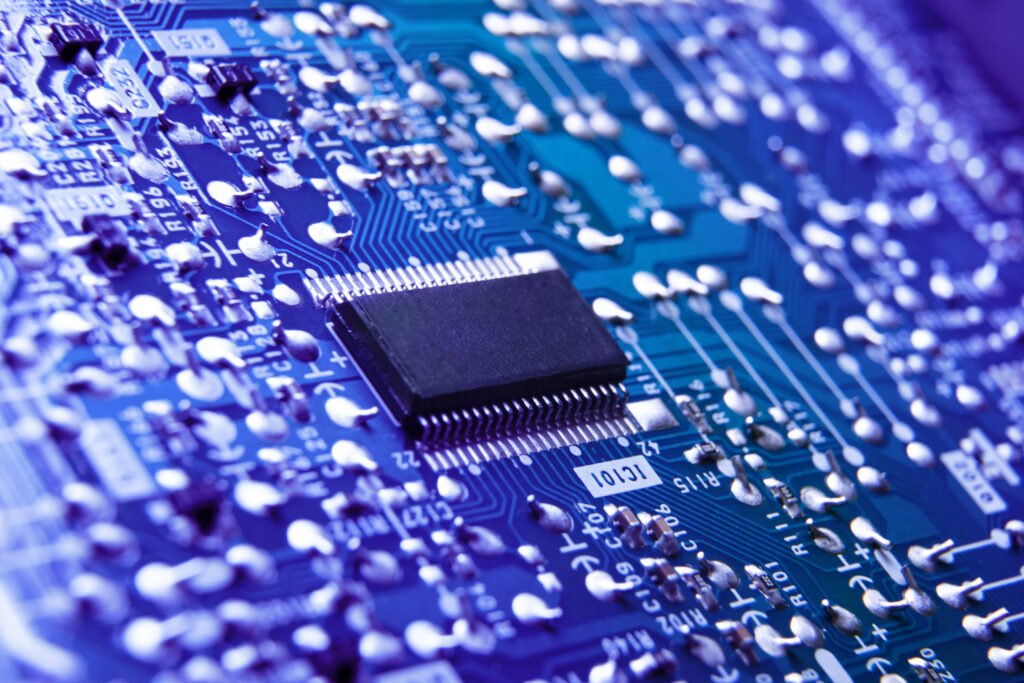“7.6% Reduction in Chip Purchases by Top 10 Buyers Takes Toll on Semiconductors”
The semiconductor industry has seen significant changes in the past year. According to recent reports, these top 10 purchasers reduced their expenditures on chips by 7.6% in 2022. Decrease in spending by the largest buyers has had a significant impact on the semiconductor industry, which has traditionally relied on these companies for a significant portion […]

The semiconductor industry has seen significant changes in the past year.
According to recent reports, these top 10 purchasers reduced their expenditures on chips by 7.6% in 2022.
Decrease in spending by the largest buyers has had a significant impact on the semiconductor industry, which has traditionally relied on these companies for a significant portion of their business.
The reduction in chip purchases has created a domino effect throughout the industry, leading to decreased profits and potential job losses.
One of the primary reasons for the decrease in chip purchases by the top 10 buyers is the current state of the global economy. Many countries are still recovering from the impacts of the COVID-19 pandemic, and as a result, many companies have had to reduce their budgets, including their expenditures on technology and semiconductors.

Additionally, the increasing trend towards automation and the use of artificial intelligence has also contributed to the decrease in chip purchases. As companies move towards more automated processes, they may require fewer chips, leading to a decrease in overall demand for the product.
Despite these challenges, the semiconductor industry is still poised for growth in the coming years. Advances in technology, such as the development of 5G networks and the Internet of Things, are expected to drive growth in the sector.

However, the top 10 buyers will likely play a crucial role in determining the future of the semiconductor industry. If these companies continue to reduce their chip purchases, it will have a ripple effect throughout the industry, potentially leading to decreased profits and job losses.
To counteract this trend, the semiconductor industry must find new and innovative ways to appeal to the top 10 buyers and entice them to increase their chip purchases. This could be achieved through the development of new and improved products, offering more cost-effective solutions, and providing excellent customer service.
The decrease in chip purchases by the top 10 buyers in 2022 has greatly impacted the semiconductor industry. Nevertheless, with a well-planned strategy and innovation, the industry has the potential to overcome these challenges and maintain growth in the future. The emphasis should be on appealing to the top 10 buyers and finding ways to encourage them to raise their chip purchases, thereby promoting growth in the industry.

